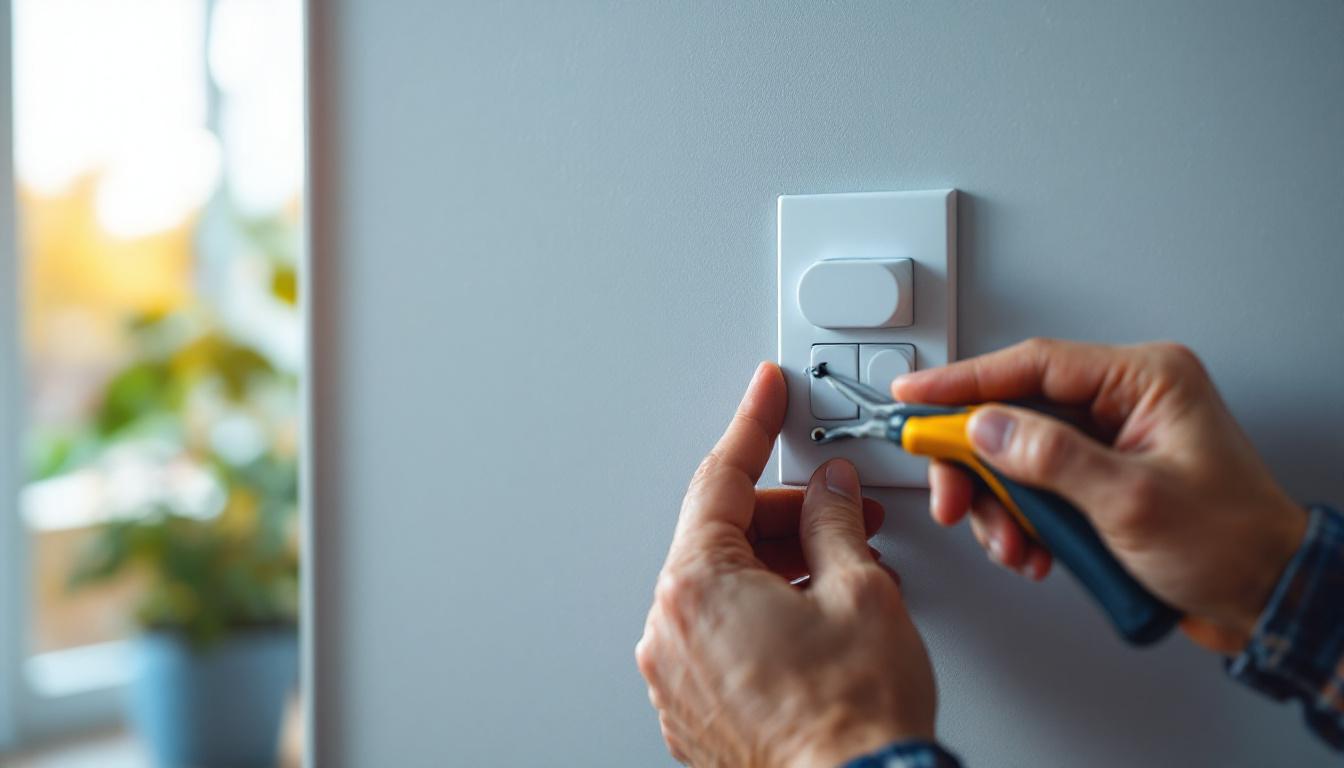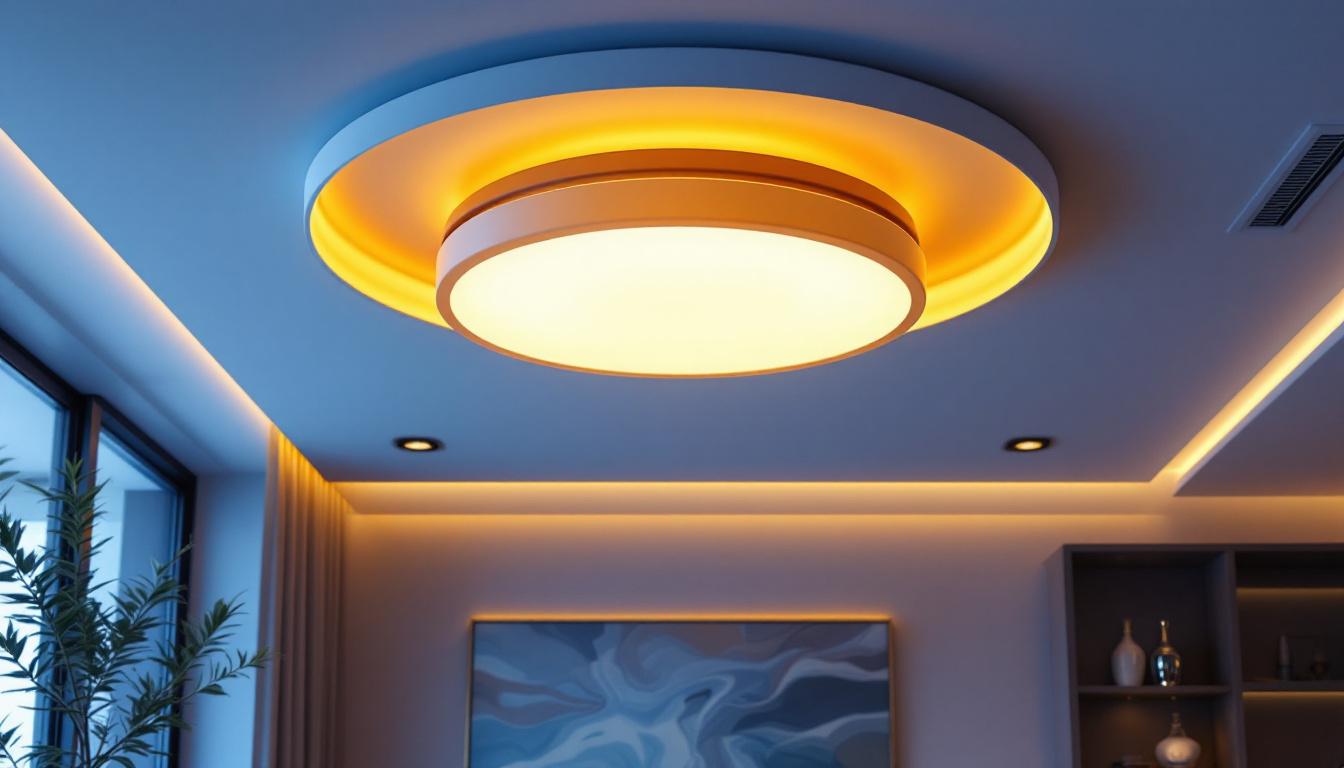
Lighting contractors often face a myriad of challenges in their profession, particularly when it comes to installing in-wall timer light switches. These devices, designed to automate lighting control, can significantly enhance energy efficiency and convenience for homeowners. However, the installation process is not without its hurdles. This article explores the top challenges that lighting contractors encounter when working with in-wall timer light switches.
One of the primary challenges lighting contractors face is understanding the technical specifications of in-wall timer light switches. Each model comes with its own set of features, compatibility requirements, and installation guidelines. This can be overwhelming, especially for contractors who are accustomed to traditional light switches. As technology continues to evolve, staying updated on the latest advancements in timer switch technology becomes essential for contractors aiming to provide top-notch service to their clients.
In-wall timer switches often require specific wiring configurations. Contractors must ensure that the existing electrical system can support the new device. This includes checking for neutral wires, which are necessary for many modern timers. If the wiring is outdated or incompatible, additional work may be needed to bring the system up to code. In some cases, this might involve rewiring sections of the home or installing new circuits, which can add to both the time and cost of the project.
Moreover, understanding the load capacity is crucial. Each timer switch has a maximum wattage it can handle, and exceeding this limit can lead to malfunctions or even safety hazards. Contractors must be diligent in assessing the load requirements of the connected lighting fixtures to avoid these issues. This assessment not only helps in selecting the right timer switch but also ensures the longevity and reliability of the lighting system, which is a key concern for homeowners.
Many in-wall timer switches come with a variety of features, such as programmable settings, remote control capabilities, and integration with smart home systems. While these features can enhance user experience, they can also complicate the installation process. Contractors need to be well-versed in these functionalities to provide clients with the best possible service. Understanding how these features interact with other smart devices in a home can also be vital, as compatibility issues may arise that could hinder the performance of the entire system.
Additionally, navigating the user interface of these devices can be a challenge. Some timers may have complex programming options that require a steep learning curve. Contractors must be prepared to educate their clients on how to use these features effectively, which can be time-consuming. Providing clear, step-by-step instructions or even video tutorials can enhance the client experience, ensuring they feel confident in utilizing their new technology. Furthermore, offering ongoing support or maintenance services can help build a strong relationship with clients, leading to repeat business and referrals in the future.
The installation of in-wall timer light switches presents its own set of challenges. From physical installation to ensuring proper functionality, contractors must be prepared to tackle various obstacles.
In many homes, the space behind the switch plate can be limited. This can make it difficult to fit the timer switch, especially if it requires additional wiring or components. Contractors often have to work within tight confines, which can complicate the installation process.
Furthermore, if the existing switch box is too small or not deep enough to accommodate the timer switch, contractors may need to replace it. This adds time and complexity to the job, which can impact project timelines and budgets. In older homes, the wiring may not meet current electrical codes, necessitating further upgrades to ensure safety and compliance. This can lead to unexpected delays, as contractors must navigate both the physical constraints of the installation and the regulatory requirements that govern electrical work.
After installation, thorough testing is essential to ensure that the timer switch functions as intended. This involves checking the programming, verifying connectivity, and ensuring that the switch operates smoothly with the connected lighting. If issues arise, troubleshooting can be a daunting task.
Common problems include incorrect programming, failure to connect to smart home systems, or issues with the load. Contractors must possess strong problem-solving skills to diagnose and resolve these issues efficiently. This not only ensures customer satisfaction but also reinforces the contractor’s reputation for quality work. Additionally, contractors may encounter compatibility issues with different types of bulbs or fixtures, which can further complicate the installation process. Understanding the nuances of various lighting technologies—such as LED, incandescent, or fluorescent—becomes crucial in these scenarios, as each type may have specific requirements or limitations when paired with timer switches. This knowledge not only aids in troubleshooting but also empowers contractors to make informed recommendations to clients about the best options for their lighting needs.
Educating clients about in-wall timer light switches is crucial for a successful installation. Many homeowners may have misconceptions about how these devices work or their benefits, leading to unrealistic expectations.
Before installation, contractors should discuss the capabilities and limitations of the timer switch with their clients. For instance, while some timers can be programmed for specific times, they may not have the capability to adjust for daylight savings automatically. Clear communication can help prevent misunderstandings and dissatisfaction.
Additionally, clients may expect immediate energy savings or convenience. It is essential for contractors to explain that while these devices can lead to savings over time, the immediate impact may not be as significant as anticipated. Setting realistic expectations can foster a positive relationship between the contractor and the client.
Once the installation is complete, providing clients with clear, comprehensive instructions is vital. Many homeowners may not be familiar with the intricacies of programming their new timer switch. Contractors should offer step-by-step guidance, either in written form or through a brief demonstration.
Offering ongoing support can also enhance client satisfaction. Providing a contact number for any follow-up questions or concerns can reassure clients that they have assistance readily available. This not only builds trust but can also lead to repeat business and referrals.
Compliance with local building codes and regulations is a critical aspect of any electrical installation, including in-wall timer light switches. Lighting contractors must stay informed about the latest regulations to ensure that their work meets safety standards.
Different regions may have varying requirements regarding electrical installations. Contractors need to familiarize themselves with local codes, which may dictate specific wiring practices, the types of switches allowed, and safety measures that must be in place.
Failure to comply with these regulations can result in fines, legal issues, or even safety hazards. Therefore, it is essential for contractors to invest time in understanding the local codes relevant to their work. This not only protects their business but also ensures the safety of their clients.
In many areas, installing in-wall timer light switches may require permits and inspections. Contractors must navigate the permitting process, which can be time-consuming and sometimes frustrating. This adds another layer of complexity to the installation process.
Moreover, scheduling inspections can lead to delays in project completion. Contractors should factor in these potential delays when planning their work. Keeping clients informed about the permitting process can help manage expectations and maintain transparency throughout the project.
The rise of smart home technology has introduced new opportunities and challenges for lighting contractors. Many in-wall timer light switches are designed to integrate seamlessly with smart home systems, providing added convenience for homeowners.
However, compatibility can be a significant challenge. Not all timer switches work with every smart home platform. Contractors must be knowledgeable about which devices are compatible with popular systems like Amazon Alexa, Google Home, or Apple HomeKit. This knowledge is essential for providing clients with the best options for their needs.
Additionally, ensuring that the timer switch connects properly to the smart home system can be a complex process. Contractors may need to troubleshoot connectivity issues, which can be frustrating for both the contractor and the homeowner.
As more devices become interconnected, security concerns also arise. Homeowners may worry about the potential for unauthorized access to their smart home systems. Contractors should be prepared to address these concerns by explaining the security features of the timer switch and offering best practices for maintaining security.
Educating clients on how to secure their smart home networks can help alleviate fears and promote a positive experience with their new technology. This not only enhances customer satisfaction but also positions the contractor as a knowledgeable and trustworthy professional.
In-wall timer light switches offer numerous benefits, but they also present unique challenges for lighting contractors. From understanding technical specifications to navigating installation hurdles and ensuring regulatory compliance, contractors must be well-prepared to tackle these issues head-on.
By staying informed about the latest technologies, maintaining clear communication with clients, and ensuring compliance with local regulations, lighting contractors can successfully navigate the complexities of installing in-wall timer light switches. Ultimately, overcoming these challenges can lead to enhanced customer satisfaction and a stronger reputation in the industry.
As the demand for energy-efficient and convenient lighting solutions continues to grow, lighting contractors who can effectively address these challenges will position themselves for success in a competitive market.
Ready to overcome the challenges of installing in-wall timer light switches and elevate your lighting projects? Look no further than LumenWholesale for all your lighting needs. We provide contractors with high-quality, specification-grade lighting products at unbeatable wholesale prices, ensuring you have access to the best materials for your installations. With our commitment to quality, affordability, and convenience, you’ll find everything you need to meet the demands of any project. Take advantage of our hassle-free bulk buying and free shipping to get your premium lighting without hidden fees or compromises. Elevate your lighting game and discover the best value in wholesale lighting today with LumenWholesale.

Discover expert insights from top lighting contractors on choosing and installing outdoor mounted lights.

Discover the essential checklist for lighting contractors with the PL 18 LED Lamp.

Discover how offering unique flush mount ceiling lights can elevate your lighting contracting business.

Discover expert insights on lamp post top replacement with our comprehensive guide tailored for lighting contractors.